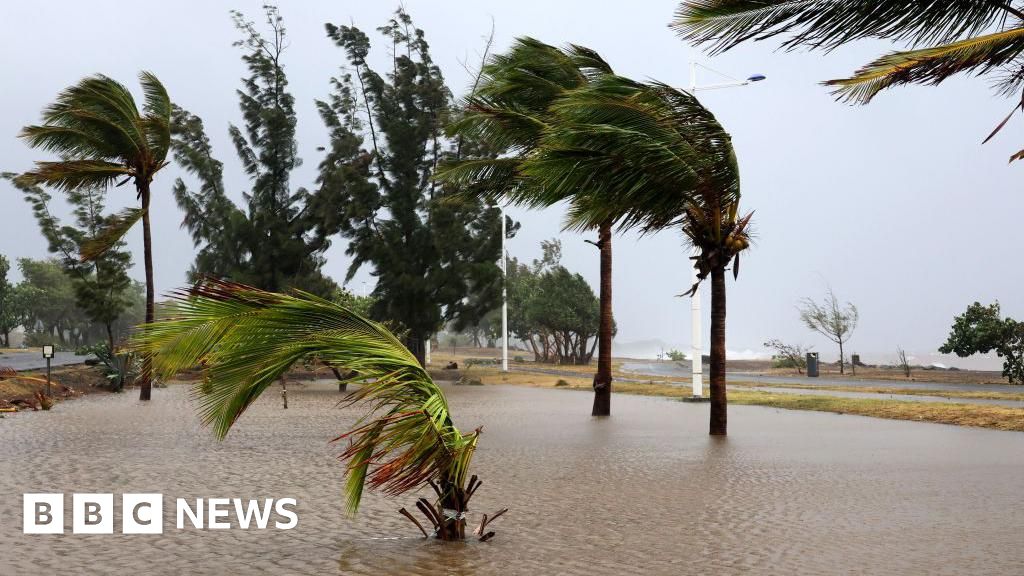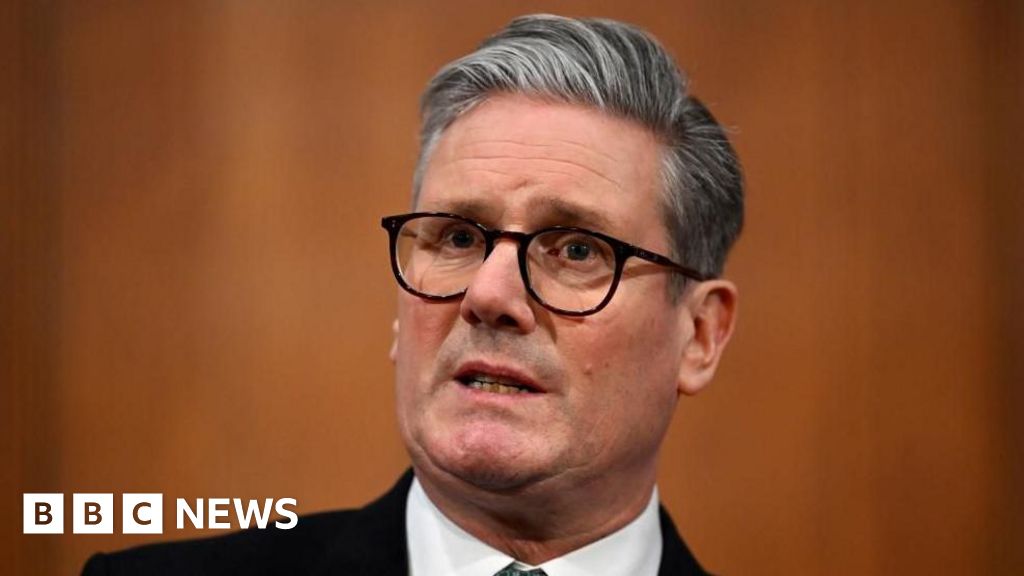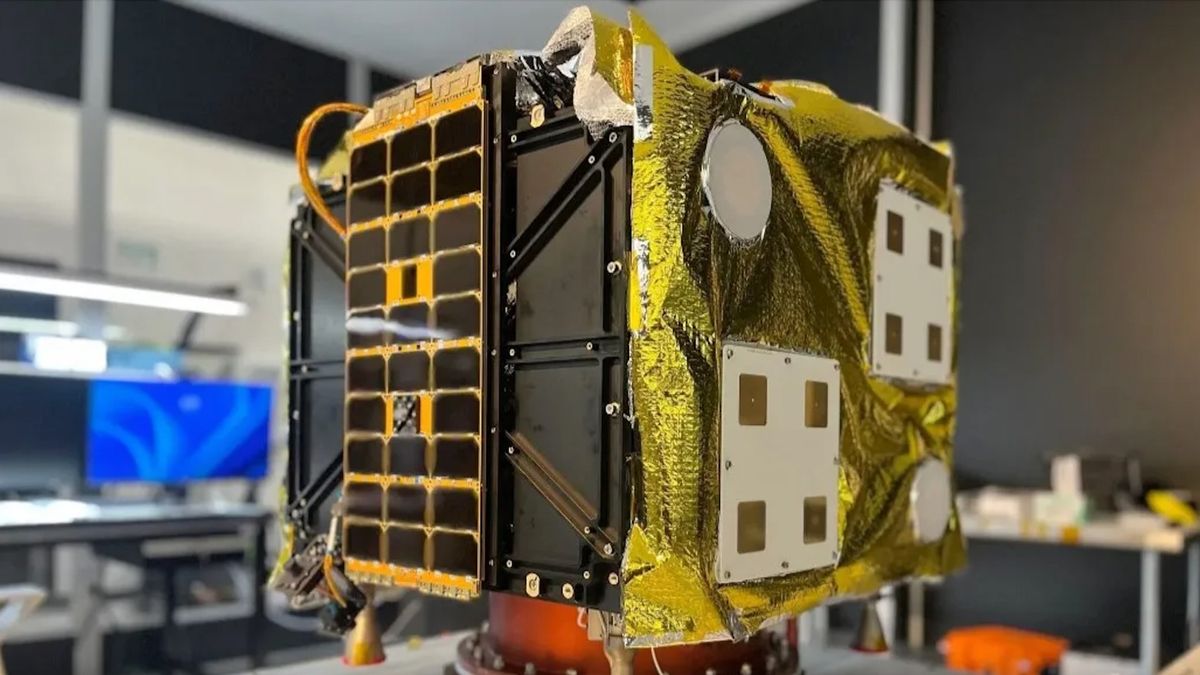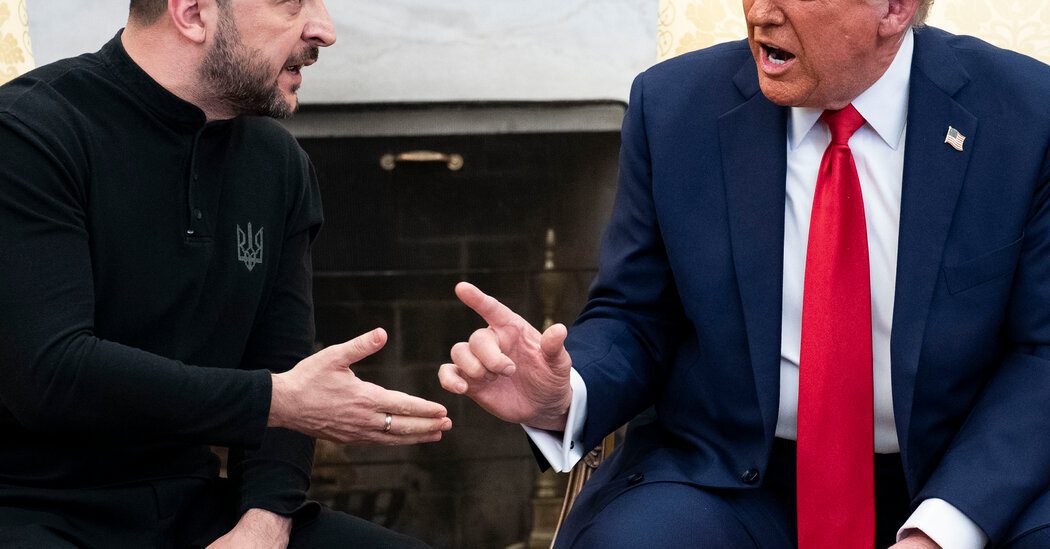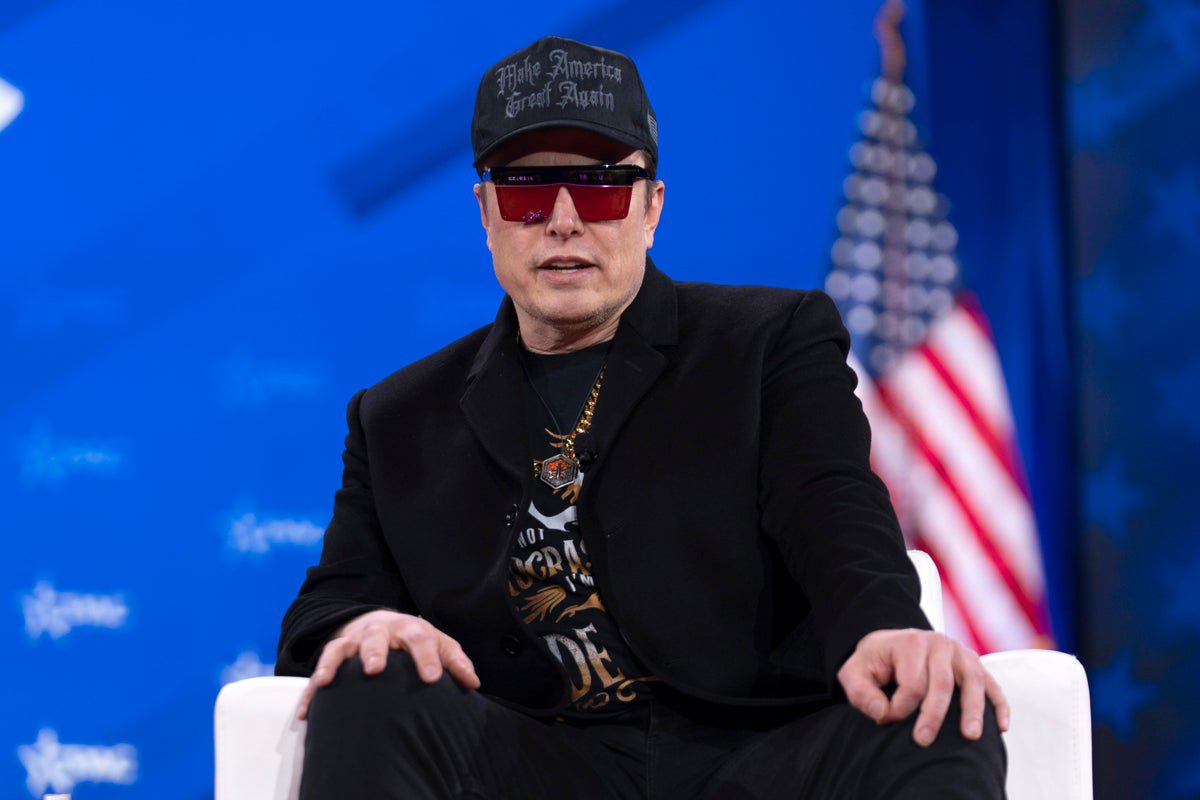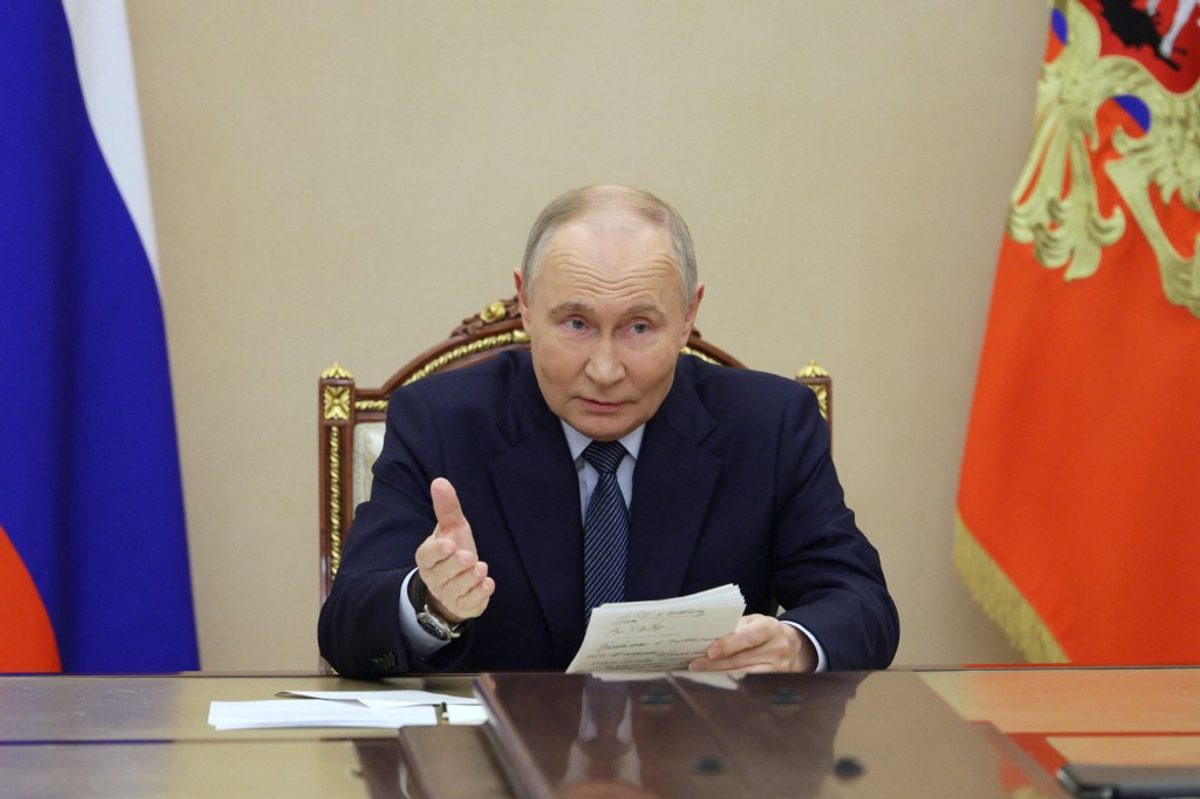
Russia appears willing to allocate some of its billions in frozen assets towards the reconstruction of Ukraine, but with a stipulation: a portion of these funds must be invested in territories currently under Russian occupation.
Since the onset of the invasion of Ukraine in 2022, Western nations have implemented sanctions and other financial measures that have resulted in freezing approximately $300 billion to $350 billion of Russian sovereign assets, primarily government bonds located in Europe, the United States, and the UK.
JOIN US ON TELEGRAM
Stay updated on our war coverage by following us on @Kyivpost_official.
This proposal surfaced shortly after Russia and the US engaged in their first face-to-face discussions regarding a potential resolution to Moscow’s invasion of Ukraine on February 18 in Saudi Arabia, according to sources referenced by Reuters.
Although talks are still in the preliminary phase, one option under consideration by Moscow is to allocate a considerable portion of these frozen assets for Ukraine’s rebuilding efforts as part of a potential peace settlement.
A source familiar with the talks indicated that Russia might approve up to two-thirds of the frozen reserves being directed towards Ukraine’s restoration under a peace accord, but this would only proceed if strict oversight measures were implemented.
The remaining funds would be allocated to the areas of eastern Ukraine currently controlled by Russia, which Moscow now claims as part of its territory.
The Kremlin has not publicly commented on the discussions, and the individuals who provided information to Reuters spoke anonymously due to the sensitive nature of the negotiations.

Related Topics of Interest
Why Trump and Putin Need Elections in Ukraine – What Can Kyiv’s Parties Do?
In this continuation of our analysis on the complexities surrounding Ukrainian elections during wartime, we explore why this delay has been particularly frustrating for leaders in both the US and Russia.
The ongoing conflict has devastated regions in eastern Ukraine, resulting in significant casualties and displacing millions. A year ago, the World Bank estimated that reconstructing Ukraine could require almost $500 billion.
This recent suggestion regarding the use of frozen assets for rebuilding efforts has not been previously reported and could suggest Russia’s openness to negotiation—especially as both Washington and Moscow search for potential solutions to end the conflict, as noted by Reuters.
Additionally, Trump is advocating for access to Ukraine’s mineral resources as a form of repayment for US military and financial support.
In 2023, the G7 declared that Russia’s frozen assets would remain inaccessible until Moscow provides compensation to Ukraine for the damages incurred during the war. In October 2024, the G7 confirmed the allocation of approximately $50 billion in loans to Ukraine, secured against Russian assets held internationally.
Some officials from Western nations, particularly in Germany and the European Central Bank, have expressed caution regarding the seizure of these funds. They caution that such actions could lead to legal challenges and diminish confidence in the euro currency.
Russia consistently argues that freezing its sovereign reserves infringes on free market principles and threatens global financial stability. In light of this, Moscow has prepared legislation to seize assets from companies in nations labeled as “unfriendly”—those that have imposed sanctions on Russia. However, this proposed law has yet to be ratified by Russia’s parliament.



